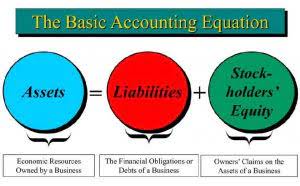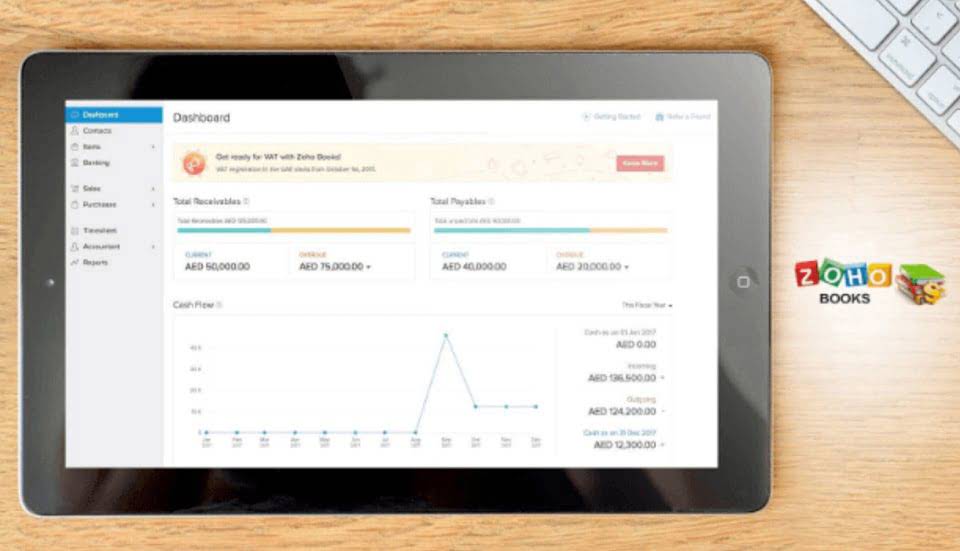
We know that maintaining strong financial management is essential for success. And two important components of this are trade accounts payables and trade receivables. Structured payables may contain provisions that appear innocuous, but could require a company to reclassify its underlying what are trade payables obligation from trade payables to short-term bank debt. This could have an adverse impact on the company’s debt covenants and leverage ratios. Additionally, it can impact the statement of cash flows, as payment of the obligation would be reflected as a financing outflow rather than an operating outflow. Regular business relies on vendors to provide the necessary products, parts, and raw materials to complete their end offering.

Accounts Payable Reconciliation

The accounts payable process starts with a purchase order from the business to the supplier. The supplier then sends the goods with a delivery note together with an invoice. On receipt, the goods are checked against the purchase order which is then matched to the invoice. In this way only invoices which have been properly approved are entered into the payables system.
The Role of Trade Payables in Financial Health
- These result from loans from financial institutions or other structured financing arrangements, and can be short-term or long-term.
- This type of debt usually has longer payment terms than accounts payable and is often used in industries with significant supply chain operations like manufacturing.
- After all, businesses must pay their debts, and they cannot afford to get this wrong.
- Has your company stocked up on inventory but struggled to make payments on time?
- Try BILL to see how it can help you master your payables process and save you from extra manual steps.
To achieve this, a company can negotiate with its suppliers to extend payment terms. If a company really prioritizes maximizing its DPO, it can decline to take advantage of early payment discounts. However, a low DPO may also indicate that the company is not taking advantage of the time to earn interest on its funds. If it usually pays invoices after 10 days, the company could have been earning interest on the funds for an additional 20 days before remitting payment.
What is the main difference between Accounts Payable and Trade Payable?
Other payables are generally assumed to be disposed of within an accounting cycle that would be 12 months. Trade receivables refers to the total amount receivable by a business for products or services rendered. Other payables are the best examples of indirect expenses, such as Repairs and maintenance, Security expenses, Telephone charges, electricity expenses, broadband charges, and periodicals. Liability in respect of trade creditors and other payables may be cancelled or reduced as a result of the operation of law or an agreement with the creditor to waive the contractual liability. The obligation for payment to creditors and other parties is released when the balance sheet liability is paid through either cash or other asset.
- Do your research on your options while comparing rates, terms, and fees to find the right one for you.
- A firm’s management can compare its DPO to the average within its industry to see if it is paying its vendors too quickly or too slowly.
- Trade payable is a part of accounts payable only focusing on purchases directly related to business operations or inventory.
- All trade payables are accounts payable, but not all accounts payables are trade payables.
- Trade payables are distinct from other types of liabilities a business might incur.
Management
Below are the audit procedures that audit may carries out to ensure this assertion. Your trade receivable is the total amount receivable for the products or services that you provide. For instance, employee wages, while part of your everyday operational costs, are How to Run Payroll for Restaurants not counted among trade payables.

